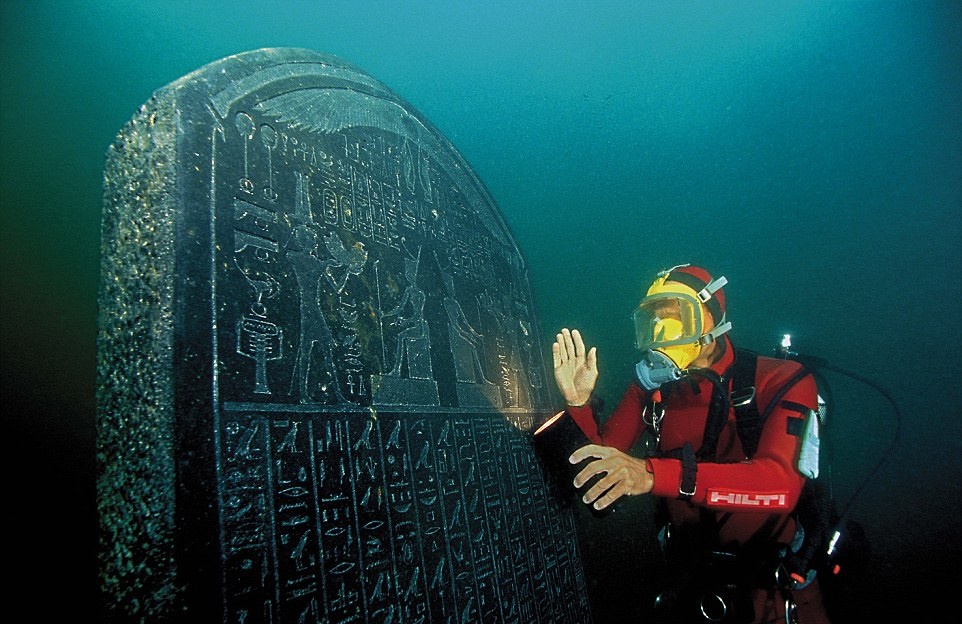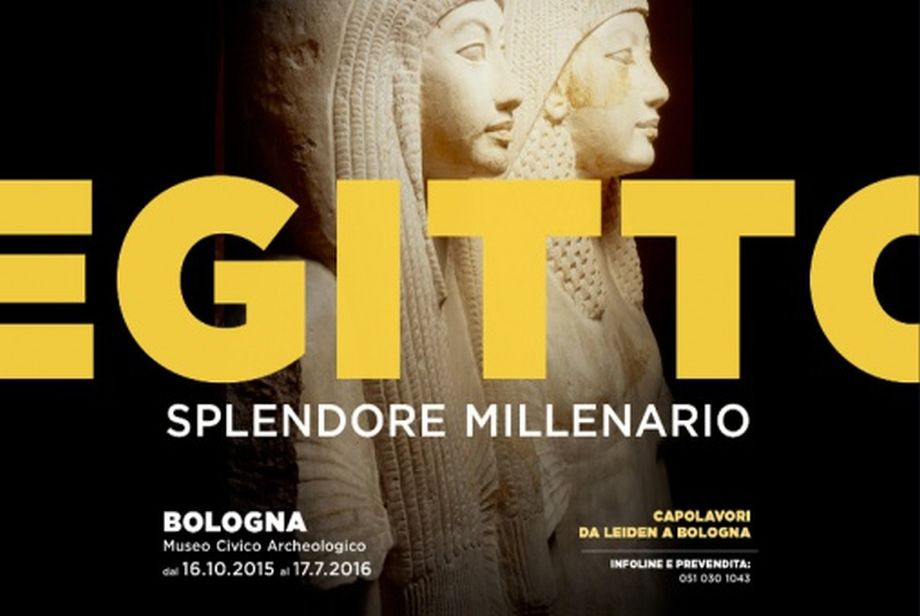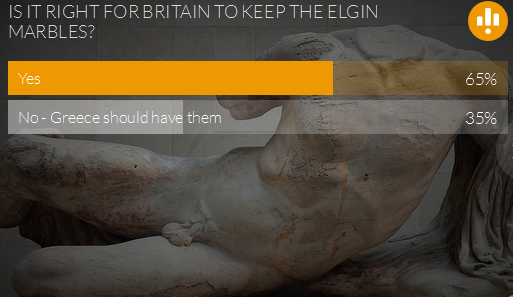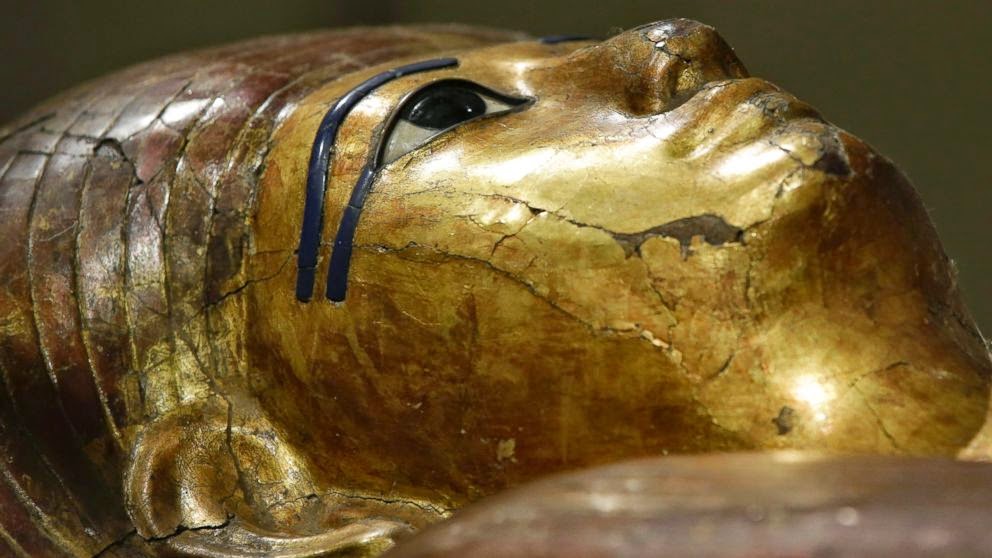The Great London:
More Stuff
UK: British Museum to launch first major exhibition of underwater archaeology in May 2016

More Stuff: 'Egypt: Millennia of Splendour' at the Museo Civico Archeologico in Bologna

Travel: 'From Ancient to Modern: Archaeology and Aesthetics' at New York University’s Institute for the Study of the Ancient World

More Stuff: 'Papyri from Karanis: Voices from a multi-cultural society in ancient Fayum' at the Egyptian Museum in Cairo

Travel: 'Beyond Beauty: Transforming the body in ancient Egypt' at Two Temple Place, London

Travel: 'Defining beauty: The body in ancient Greek art' at the British Museum

Travel: 'Indigenous Australia: Enduring Civilisation' at the British Museum

More Stuff: Is Greece about to lose the Parthenon Sculptures forever?

More Stuff: Telegraph: Greece has no legal claim to the Elgin Marbles

Travel: 'Stonehenge: A Hidden Landscape' at MAMUZ Museum Mistelbach, Austria

Turkmenistan: 'Court and Cosmos: The Great Age of the Seljuqs' at the Metropolitan Museum New York

Travel: 'Celts' at the National Museum of Scotland

Travel: Rare Medieval devotional panel goes on display at Museum of London

More Stuff: Turin Egyptian Museum gets overhaul of pharaonic proportions

Travel: 'Ancient Egypt Transformed: The Middle Kingdom' at Metropolitan Museum of Art, New York

Travel: 'Celts: Art and Identity' at the British Museum

More Stuff: 'A dream among splendid ruins...' at the National Archaeological Museum, Athens

More Stuff: Paris Egypt exhibit holds defiant message for Islamic State

More Stuff: 'Egyptian Magic' at the Museum of Civilization, Quebec
